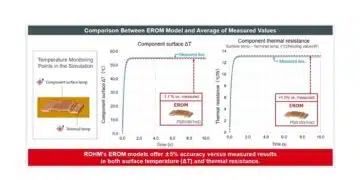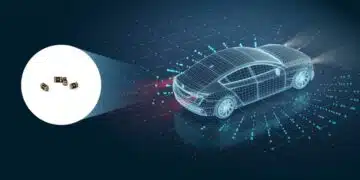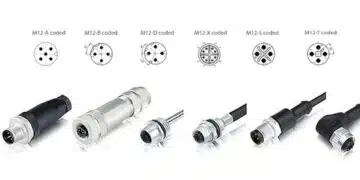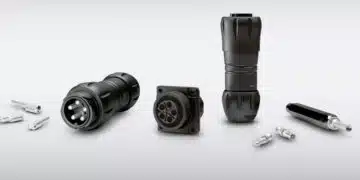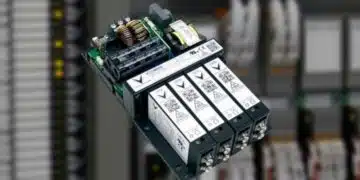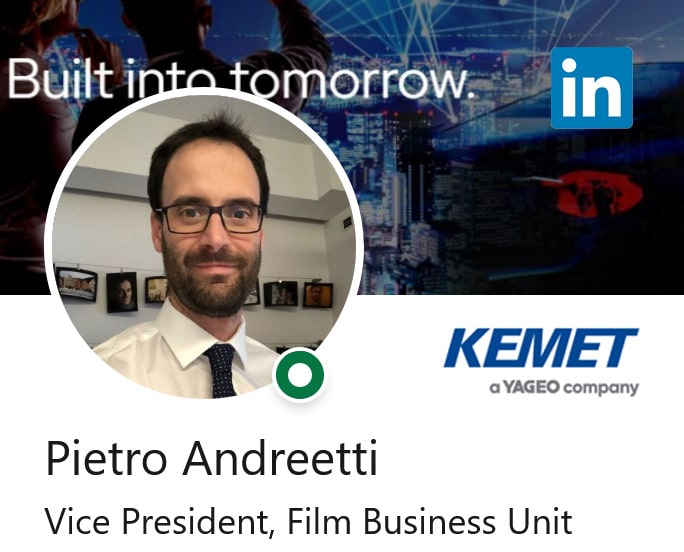TPC Technical Program Committee of the next 3rd PCNS Passive Components Networking Symposium scheduled for Sep 7-10th 2021 in Milano, Italy selected theme of the symposium: RELIABILITY & SUSTAINABILITY of PASSIVE COMPONENTS that will be elaborated in conference Workshop, Hot Topic Panel Discussion, Keynote and papers selection preferences. EPCI, the main PCNS organizer, questioned TPC members why they consider the theme so important for today’s passive electronic components and what shall be discussed within this topic in depth. The next interview #5 is with TPC member, Ing. Pietro Andreetti, MBA (PA), Vice President, Film Business Unit, KEMET Electronics Corp.
EPCI: Can you comment what ideas, issues, concerns, directions has raised on your mind when TPC selected „Reliability & Sustainability of Passive Components“ as the 3rd PCNS theme ?
PA: reliability and sustainability are two strategic directions every company in our industry need to focus on. With the development and growth of e-mobility as well as solar and wind energy sectors, it’s become less and less acceptable (not to mention, affordable) to see issues at component and system level happening, specially in an unpredictable way.
Costs associated with field claims and repairs are too high. Therefore reliability is a key factor, together with predictability of failures.
Regarding sustainability, it is obvious that our industry needs to do its part in the overall CO2 neutrality and recycling process. Actually, as we supply key components for the green industry (e-mobility, solar and wind) we need to be of example and be ahead, if possible, of other industries.
EPCI: What topic you would recommend for the Hot Panel Discussion and Why ?
PA: reliability, as it is directly related to the design and manufacturing process of our components.
EPCI: You are working for Kemet Electronics company for 15 years, currently heading the Film BU organization. Can you comment what is hot/upcoming from your position relevant to the TPC theme?
PA: we are going to launch several new products in the next months, before and around the PCNS event, featuring big performance improvements around the reliability topic. I can’t share details now, obviously, but at KEMET we are surely investing on that.
EPCI: How is your company going to address this topic during PCNS ?
PA: Kemet is going to be an exhibitor and sponsor of PCNS ! Kemet has been already gold EPCI passive components member for couple of years.
KEMET is definitely going to be proud of being part of this event. We are working to make passives much more active and innovative than in the past. PCNS will be a good opportunity to talk about the interesting things we are doing.
EPCI: Thank you Pietro and lets hope in best that we can meet live at PCNS in Milano in September
Pietro can be reached at his LinkedIn profile.
see more about PCNS on its website:
be active in passives ! join us and submit your paper abstract online:
About
PCNS Passive Components Networking Symposium is a bi-annual international symposium organized by EPCI European Passive Components Institute in co-operation with an European university. 3rd edition of the PCNS Passive Components Networking Days Symposium scheduled for September 7-10th, 2021 in Milano, Italy is hosted by Department of Chemistry, Materials and Chemical Engineering “Giulio Natta” and Department of Electronics, Information and Bioengineering of Politecnico di Milano. It is intended as a live event with speakers present with streaming options for virtual attendees. In worst case, the PCNS will move to virtual event; all registered attendees will get hard printed ISBN Proceedings (by mail post in virtual case).






